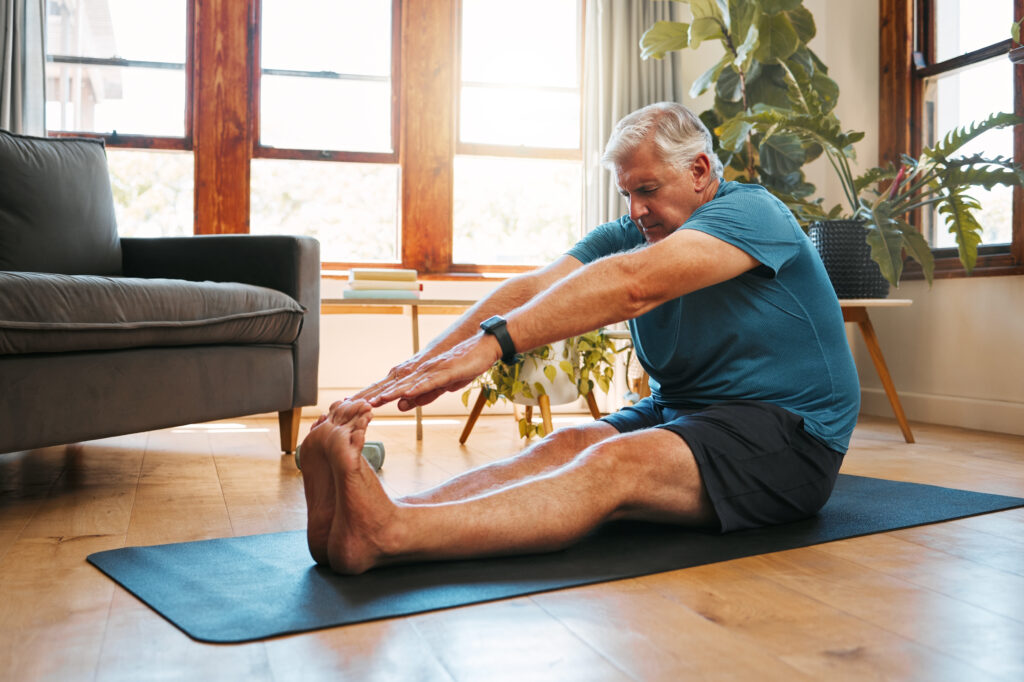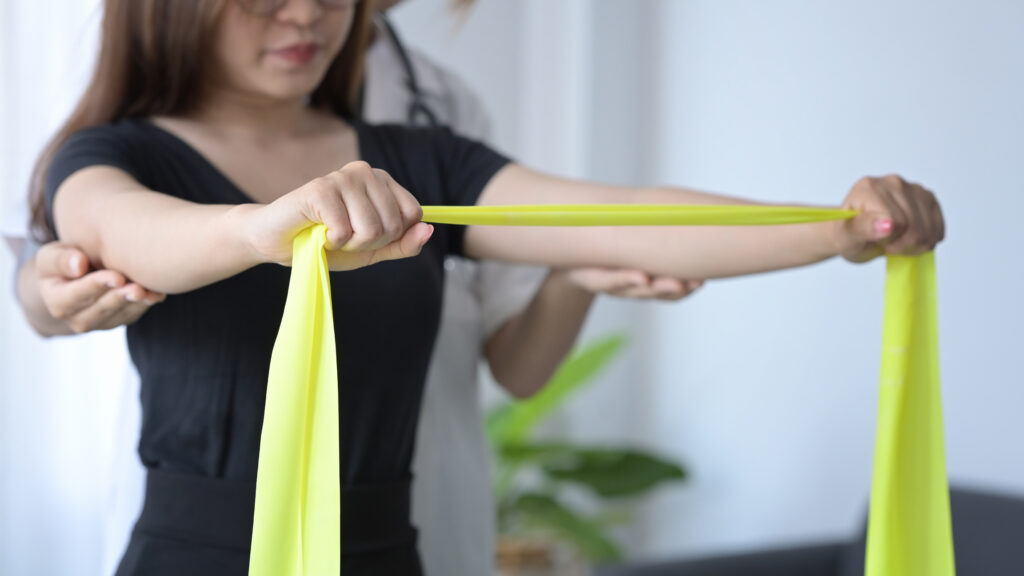Scoliosis, a condition characterized by an abnormal curvature of the spine, can significantly impact an individual’s quality of life. While medical intervention is sometimes necessary, incorporating home based scoliosis exercises can be an effective complement to professional treatment. Dr. Andrew Strauss will explore the insights on various home-based scoliosis exercises. These exercises are designed to address specific aspects of scoliosis, promoting better spinal alignment and overall well-being.
Diverse Range of Home Based Scoliosis Exercises
Dr. Andrew Strauss emphasizes the importance of a diverse range of exercises tailored to address different facets of scoliosis. These exercises aim to improve the curvature of the neck, enhance head balance, and detwist the spine against resistance. Let’s delve into some examples to better understand the variety and effectiveness of these home-based exercises.
Neck-Curvature Improvement Exercises
One set of exercises focuses on improving the curve in the neck. Dr. Strauss demonstrates these exercises, which may involve gentle movements to encourage a more natural alignment. These exercises not only target the affected area but also contribute to overall spinal health.
Head Balance Enhancement Exercises
Achieving balance in the head is crucial for individuals with scoliosis. Dr. Strauss showcases exercises designed to promote better head balance, incorporating movements that engage the muscles responsible for maintaining alignment. These exercises not only aid in the management of scoliosis but also contribute to improved posture.
Resistance Training with Elastic Bands
Utilizing elastic bands, Dr. Strauss introduces exercises aimed at retwisting the spine against resistance. This resistance training is a key element in addressing scoliosis, as it targets the rotation and curvature of the spine. The use of elastic bands adds a dynamic and adjustable component to these exercises, catering to individual needs and levels of resistance.
Floor-Based Bird Dog Exercises
For a more grounded approach it is recommended that exercises should be done on the floor, such as the bird dog position. This exercise involves extending opposite limbs, promoting balance and stability. Incorporating floor exercises can be particularly beneficial for those who prefer a low-impact routine or face challenges with standing exercises.
Yoga-Type Postures for Spinal Stretching
Yoga has long been recognized for its benefits in promoting flexibility and balance. Dr. Strauss incorporates yoga-type postures into the home-based program to stretch and untwist the spine. These postures, adapted for scoliosis management, provide a holistic approach to improving spinal health.

Unique Application of Familiar Exercises
While some of the exercises may seem familiar, Dr. Strauss emphasizes their unique application in the home based scoliosis exercises program. Exercises that individuals may have encountered before are modified to address specific needs. For example, an exercise performed on one side only or in a particular posture not commonly associated with the movement can yield targeted benefits.
Customization for Individual Needs
A key aspect is the ability to customize the program to suit individual needs. Recognizing that not every exercise is suitable for everyone, modifications are made based on factors such as age and physical limitations. If a particular exercise proves challenging, adjustments are implemented to ensure the program remains accessible and effective.
Program Development and Exercise Selection
Dr. Strauss draws from a repertoire of approximately 60 different exercises when developing a home-based scoliosis program. However, he notes that a typical program may consist of around 10 to 11 carefully selected exercises from this pool. The selection process involves considering the specific requirements of the individual, ensuring a comprehensive and targeted approach to scoliosis management.
Conclusion
Incorporating home based scoliosis exercises into a scoliosis management plan can be a valuable strategy for improving spinal health and overall well-being. Dr. Andrew Strauss’s insights shed light on the importance of a diverse range of exercises, their unique application, and the customization of programs to suit individual needs. By embracing these effective home-based scoliosis exercises, individuals can take an active role in their treatment, contributing to better outcomes and an enhanced quality of life.
Also read: What are the 5 Best Exercises for Scoliosis
About:
Dr. Strauss is the director of the Hudson Valley Scoliosis Correction Center in New York. He has been actively engaged in scoliosis treatment for the past 30 years and has authored two books on the subject, Your Child Has Scoliosis and The Truth About Adult Scoliosis.
He is Vice President of the CLEAR Scoliosis Institute and a lecturer for their introductory and advanced workshops. He is certified in scoliosis bracing and in the use of scoliosis specific exercises. Dr. Strauss is a graduate of the ISICO World Masters of Scoliosis.His postgraduate studies also include a Masters Degree in Acupuncture as well as training in Grostic, Pettibon, CBP, Clinical Nutrition, Chinese Herbal Medicine, Manipulation under Anesthesia, and Electrodiagnosis.
His scoliosis practice has treated patients from 25 states and 32 other foreign countries.If you have questions about childhood and adult scoliosis and how it can be successfully treated without surgery subscribe to our channel!
